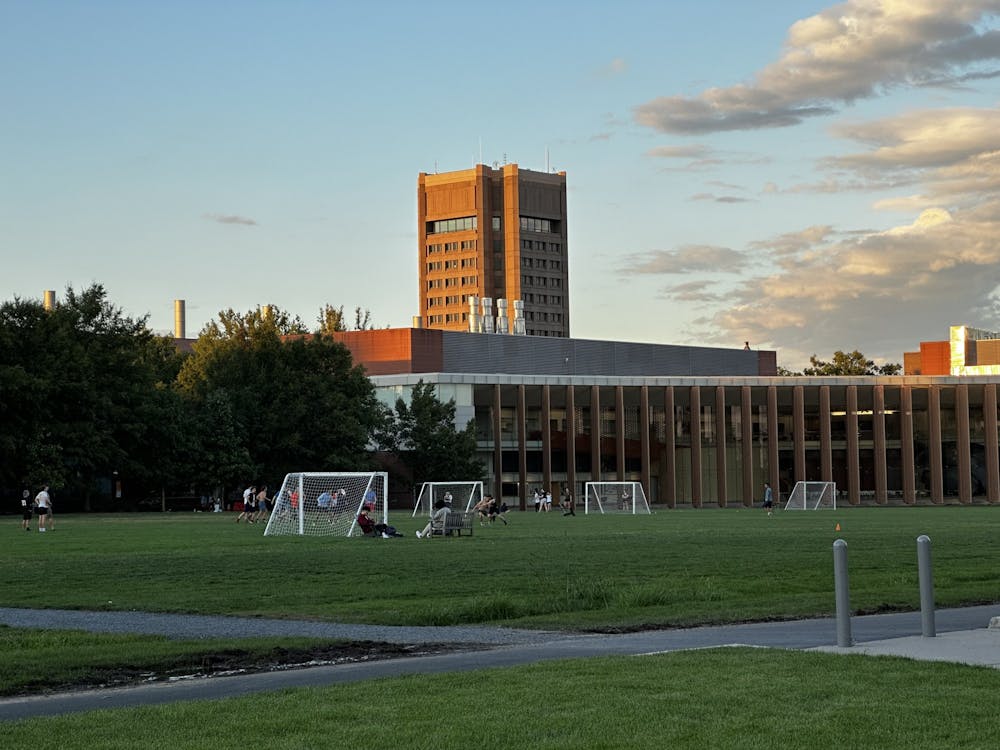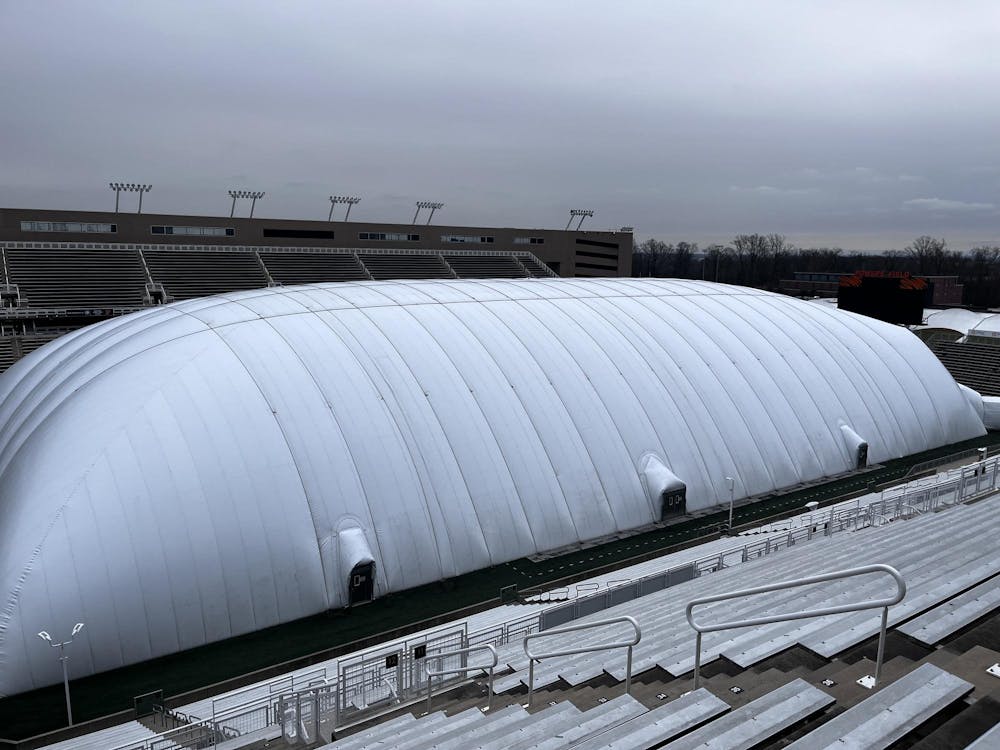To get to one of the most beautiful places on Earth, you have to drive through hell. U.S. Route 395 stretches from the Canadian border to the mouth of Southern California’s Interstate-15 in the Mojave Desert. As a Californian by birth, I tend to identify all interstates as “freeways,” but it’s roads like Route 395 that I specifically label as highways — the two-lane road that stretches endlessly through a desert horizon. The nature of this endless horizon means two things — there will be extraordinary beauty along the way, but this beauty is perhaps more appreciated with your growing familiarity with the great spaces of emptiness, landscapes without water, places with the haunting reminder of nature’s cruel power.
Case in point — one of the first stops on your journey into The Wasteland from the Los Angeles Metropolitan Region might very well be Adalento, Calif., home to a great deal of subdivisions, a minor league baseball team, and unfinished residential developments. Vacant lots with paved cul-de-sacs, plans for more housing that died with the Great Recession, imply that in this landscape, something is very wrong. There is no water. People shouldn’t live here, but they do.
This pattern changes as you descend into the Owens Valley, where there used to be a lot of water until 1920s-era 1913 aqueduct-building caused the draining of Owens Lake. Still, black and sinister volcanic rock and small, glittering lakes adorn the land, leading you as you race around sharp, snaggle-toothed mountains, the eastern edge of the Sierra Nevada range. Stunning landscape and proximity to Hollywood have made this territory the filming location for many Westerns. The region also doubles as Afghanistan in more movies than you would think (“Iron Man,” for one). A film museum celebrates this history in Lone Pine, the resort town adjacent to Mount Whitney, the tallest peak in the lower 48 states.
In part of the region’s darker history, you pass by Manzanar, one of the major sites of Japanese internment during World War II. A small visitor center and a rebuilt watchtower are all that distinguish a site that has been cleared of its barracks and fences, the desert reclaiming the site, obscuring the legacy of wartime fear and xenophobia.
But you keep going, and you start to notice how civilization brings water to otherwise arid land. Each settlement can be seen from afar by the sight of green. Trees and grasslands are maintained through irrigation, and you begin to respect the power of engineering, the tenacity of peoples who settled here, who lived here before anyone else, the strange hardiness of living far from the coasts and far from everything, really.
You pass through Independence, and then Big Pine. Finally you arrive in one of the last outposts on your journey — Bishop. The largest town in the Owens Valley, with a population of just under 4,000, is home to a railway museum and the legendary Erick Shat’s bakery. When I was there last, clouds of ash from fires across the mountains left the town’s skies in an eerie fog. The air tasted of dust.
But the 395 continues, ascends into the caldera of a dormant supervolcano volcanic chain. The destruction from a recent brushfire has left many trees as blackened trunks. Eventually, something happens and you cross into a different world — Mammoth Lakes — and the landscape transforms from desert to idyllic mountain resort. Log cabin architecture abounds in this pine-wooded environment, and you wonder how this is possible, considering the landscape you left. Sparkling, tranquil lakes, spectacular mountainsides, sandy terrain and thin air suggest that you have indeed arrived in a form of heaven. To the uninitiated, Mammoth Lakes is the equivalent destination for Angelenos as Yosemite is for the Bay Area. It is a ski resort in the winter, and a fishing and camping paradise in warmer months.
Full disclosure: Mammoth Lakes and Bishop were the sites of many vacations my family took when I was a child. This summer I stood at the foot of Horseshoe Lake in Mammoth, returning to the place of beauty surrounded by a dazzling, treacherous landscape.
In Mammoth, near Horseshoe Lake, there’s a plot of trees that are all dead. Volcanic activity has produced a carbon dioxide vent that kills trees. Signs tell you not to sleep on the ground nearby, for fear of asphyxiation.
Like the spectacular desert landscape, whose danger lies in its unrelenting heat and cold and its dearth of water, Mammoth’s beauty obscures the volcanic secret beneath. There’s always trouble in paradise, a snake in Eden. A Manzanar in a valley of natural wonder.
Regardless, Route 395 will take you there — to wasteland, to strange and daunting places, to paradise — and back.









